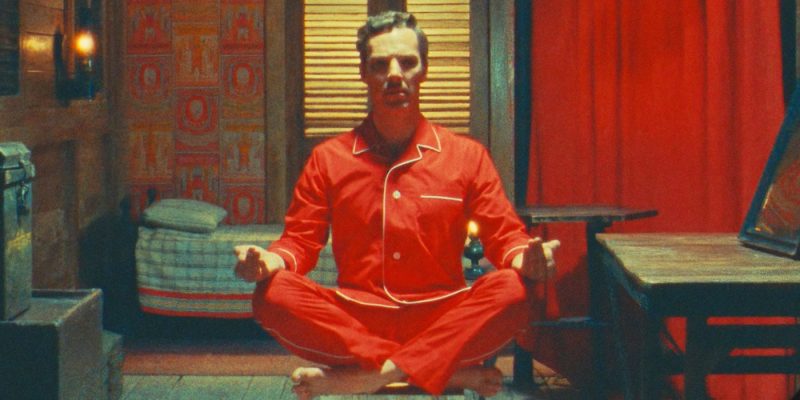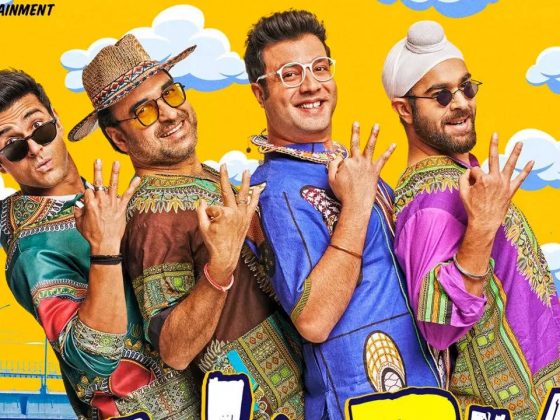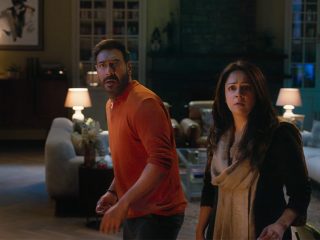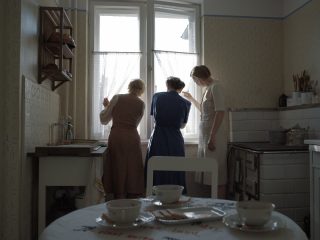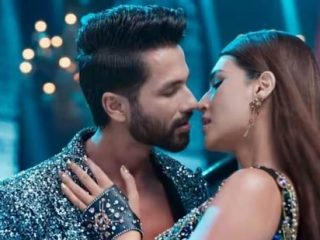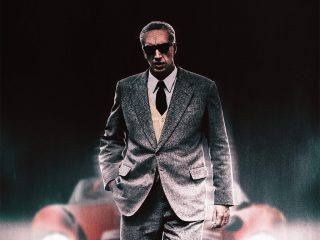Wes Anderson and Roald Dahl are a perfect match. Maybe too perfect a match.
At least that’s the impression one gets after having watched the American director’s fantastically scruffy and unusually imprecise stop-motion animation adaptation of Fantastic Mr. Fox (2009) and now, his near word-to-word adaptation “The Wonderful Story of Henry Sugar” by the late British author. This, of course, doesn’t mean that they always explore the same themes and similar types of characters. Their very existence in two separate parts of history and geography suggests that the subjects and places they choose to explore keep changing. What doesn’t change, and what makes the two of them a seemingly redundant match, is their writing styles.
Dahl’s prose is mainly short, snappy, and direct. He was writing for children; the language required simplicity and clarity. But he wasn’t writing about them or to them patronizingly. His simple sentences expressed things as they are with a piercing honesty that wasn’t burdened with “maybes,” “perhaps,” and “almost.” Sample the narrator’s four-lined, blunt description of Henry Sugar and the upper-class British society he belongs to on the second page of “Henry Sugar”: “They are not particularly bad men. But they are also not particularly good men. They are of no importance. They are simply part of the decoration.”
Now imagine (or watch Anderson’s adaptation of it) this very description expressed in an equally unaffected, direct, and flat way. That’s kind of how Wes Anderson’s characters talk, even outside of his Dahl adaptations. They reveal things about themselves, about the worlds they inhabit matter-of-factly. Sometimes, this may take the form of fast-talking, precisely spoken, simple sentences that feel like a never-ending barrage of dialogue because they’re recited rapidly. But they retain the same brutally honest clarity about the human condition that stings when expressed casually.
So, when news, reviews, and interviews from Venice started pouring in, reporting that Anderson’s The Wonderful Story of Henry Sugar is slavishly faithful to Dahl’s writing, whatever excitement I had for it dissipated. For what purpose would reading out Dahl’s text, word-for-word, serve other than to give cinephiles (like me) another reason not to read but to listen or watch? What could Anderson – one of the select few mainstream auteurs we have – achieve by essentially filming an audiobook?
The answer is — quite affirmatively — a lot. Anderson’s most literal adaptation of Dahl’s “The Wonderful Story of Henry Sugar” is, more than anything, about the impossibility of literal-y adapting. The director doubles down on foregrounding the artificiality, the imperfections, and the theatricality that disrupted the narrative flow of his most recent, divisive feature – Asteroid City (2023). In that film, the looming uncertainty of mounting a production during (and partly about) COVID necessitated Anderson’s use of an aesthetic that emphasized the making-of-phase of a film to break the otherwise neatly, if too expansively, constructed narrative. The choice to persist with, even amplify, the “making” via carefully orchestrated imperfections and disruptions in his latest short film (otherwise a perfectly faithful adaptation) initially seems unclear.
Their presence, then, prompts several questions: Is there a reason why the multiple narrators in the film look directly at the camera to tell “us,” the spectators, what we can also see? Do they need to verbalize everything when Anderson can clearly visualize it? Why are some of the props invisible? Why are others visible? Why are the extras and make-up artists in the actual film? Why is there so much dead air after a cut or after someone has spoken? Why can we see the sets mechanically being replaced?
The simple, ignorant answers for all these are: One, Wes Anderson is a hack. Two, he didn’t get the budget to enroll the entirety of Hollywood for his short films as he does for his features, so he must use select actors in multiple roles. Three, he didn’t have enough time to perfect his timing and technique.
Anyone aware of Anderson’s work knows none of this is true. He’s a persnickety perfectionist. (His critics would say dic(k)tatorial). His decision to make Henry Sugar an amalgamation of filmed theatre and audiobook cinema, of rehearsal and performance, of overt construction and covert deconstruction, is entirely deliberate. He wants us to question the production as much as he wants us to engage with its nested narratives. The question, then, is: is he able to do both? Either? Neither?
Henry Sugar is the perfect story for his, at once hyper-stylized and stripped-down aesthetic. Because contrary to the title, the film’s subject is not Henry Sugar but the very nature of storytelling (and consumption). Anderson briefly explored this in The Grand Budapest Hotel (2014). But only as a bracketing of the central, precisely constructed story. In Henry Sugar, the staggered movement from one story(telling) to the other becomes the main story.
It consists of five layers: First, Wes tells Dahl’s story. Second, Dahl (Ralph Fiennes) tells Henry Sugar’s story. Third, Henry Sugar (Benedict Cumberbatch) reads Z.Z. Chatterjee’s story. Fourth, Z.Z. Chatterjee (Dev Patel) tells the story – word-for-word – of Imdad Khan. Fifth, Imdad Khan (Sir Ben Kingsley) tells his own story, which consists of a brief interlude about a Yogi’s story. Anderson moves between all of them precisely and imprecisely. That is, we not only clearly know whose story we are in but are repeatedly made to notice the nested structure of it. For instance, the movement from one set(ting) to the other is, at times, in sync, and other times, delayed; the four actors initially play one character but then occupy different roles in the stories narrated by others; the host of narrators consistently break the fourth wall, then jump back into the drama, in the blink of an eye (Patel, in particular, is a revelation; he might be the go-to man for The Exorcist’s hundredth iteration featuring logic-defying neck movements).
That’s precisely the experience of story-making and believing, though, isn’t it? A pull towards a fantastical story about a rich white man reading a book about an unexplainable Eastern miracle that inspires him to become more than a part of the established “decoration,” followed by a push away from the legitimacy of that. A belief in the magic of yogic levitation balanced out by the knowledge that the film’s (expectedly) impeccable set design is responsible for creating that magic. A verbatim word-for-word adaptation of a story that promises immersion disrupted by the visibly mechanical production of it.
On my second watch, Anderson managed to not only make me see all this (along with the other gazillion visible moving parts, also constantly moving) but also feel it. The part-real, part-surreal, part-unreal experience of conjuring (and consuming) a story seemed to come to life not despite the imperfections but, perhaps, because of it.

